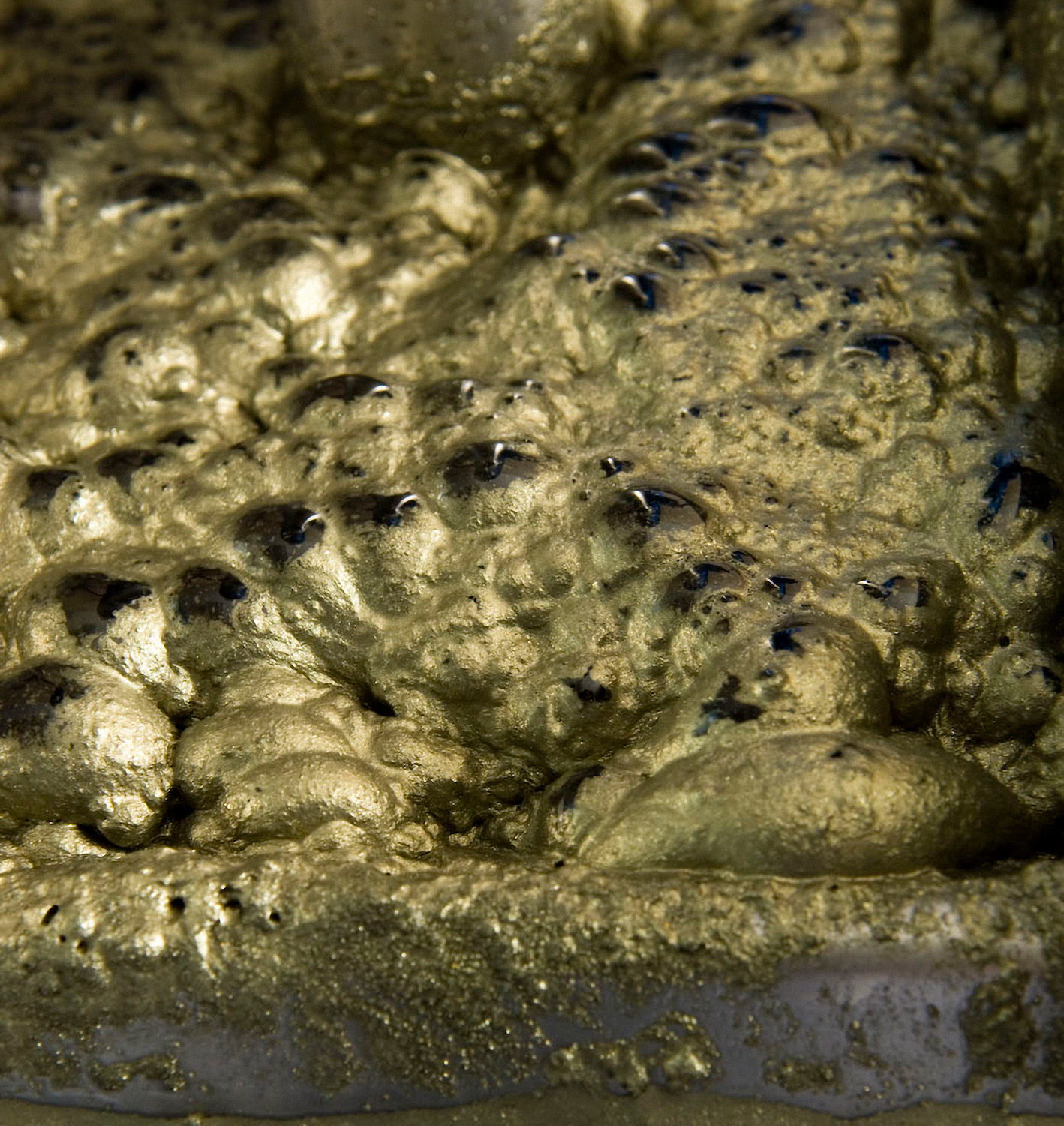One end of the collector molecule attaches preferentially to the exposed sulfide or oxide minerals, while the other end repels water, carrying the mineral-containing particles to the surface on rising air bubbles, where they are recovered in the froth. Although this important industrial process has been used for more than a century, how particular collector molecules interact with mineral surfaces is not always known.
In a Linkage Project with Australian Metallurgical Services (AMS), Prof. Alan Buckley from the University of New South Wales set out to understand how a collector called hydroxamate binds to copper and iron minerals. Hydroxamate has been used to a limited extent to concentrate copper minerals from some weathered sulfide ores. However, as good copper sulfide ore is running out efficient ways are needed to extract copper from the more difficult oxidised ores.
The mechanisms by which hydroxamate adsorbs onto copper and iron minerals had been proposed based on X-ray photoelectron spectroscopy. Additional corroborating information was gathered by Prof. Buckley working with Dr John Denman, on the ToF-SIMS in the AMMRF (now Microscopy Australia) at the University of South Australia. They discovered that on copper oxide, a collector multilayer is created that imparts very good floatability. This demonstrates how hydroxamate can recover copper from oxidised copper ores, and therefore render previously uneconomic mines potentially viable.
Buckley et al., Minerals Engineering, 64, 2014.

Froth flotation of chalcopyrite, a copper–iron–sulfide mineral. Image courtesy of Sam Noonan.
October 24, 2014